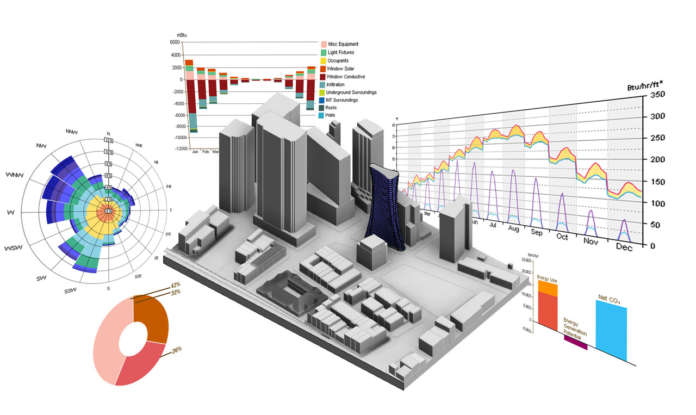
In today’s rapidly evolving real estate landscape, effective facility management is essential for maximizing the efficiency and functionality of buildings. Building Information Modeling (BIM) has emerged as a powerful tool for streamlining facility management processes and optimizing building operations.
Understanding BIM Facility Management
BIM facility management involves the use of digital models and data to manage and maintain building assets throughout their lifecycle. Unlike traditional facility management methods, which rely on disparate sources of information and manual processes, BIM provides a centralized platform for accessing and managing critical building data. This comprehensive approach enables facility managers to make more informed decisions, improve operational efficiency, and enhance the overall performance of their facilities.
Leveraging Digital Models for Insights
At the core of BIM facility management are digital models that contain detailed information about a building’s design, construction, and operation. These models serve as a single source of truth for all stakeholders involved in facility management, including facility managers, maintenance teams, and building owners. By leveraging digital models, facility managers can gain valuable insights into various aspects of building performance, such as energy consumption, space utilization, and maintenance requirements.
Optimizing Maintenance and Operations
One of the key benefits of BIM facility management is its ability to optimize maintenance and operations processes. With access to real-time data and insights provided by BIM, facility managers can proactively identify and address maintenance issues before they escalate into costly problems. Predictive maintenance strategies can be implemented based on historical data and performance trends, allowing for more efficient use of resources and reduced downtime.
Enhancing Collaboration and Communication
Effective facility management requires seamless collaboration and communication among stakeholders across different disciplines. BIM facilitates collaboration by providing a centralized platform where all relevant information can be accessed and shared in real time. From architects and engineers to contractors and facility managers, BIM fosters collaboration and coordination throughout the lifecycle of a building, ensuring that everyone is working towards common goals and objectives.
Improving Space Utilization and Planning
Optimizing space utilization is a key challenge for facility managers, especially in environments where space is limited and demands are constantly changing. BIM facility management enables facility managers to visualize and analyze space utilization data in detail, allowing them to identify inefficiencies and opportunities for improvement. By better understanding how space is utilized, facility managers can make more informed decisions about space planning, allocation, and optimization.
Ensuring Regulatory Compliance and Sustainability
In today’s regulatory environment, compliance with building codes, standards, and regulations is essential for ensuring the safety, health, and well-being of building occupants. BIM facility management helps facility managers stay compliant by providing tools and features that support regulatory reporting, documentation, and compliance tracking. Additionally, BIM can facilitate sustainability initiatives by providing insights into energy consumption, carbon emissions, and environmental impact, allowing facility managers to identify opportunities for improvement and optimization.
For those seeking to optimize facility management processes and streamline building operations, BIM facility management offers a comprehensive solution. By leveraging digital models, optimizing maintenance and operations, enhancing collaboration and communication, improving space utilization and planning, and ensuring regulatory compliance and sustainability, facility managers can unlock new levels of efficiency and performance in their facilities.
